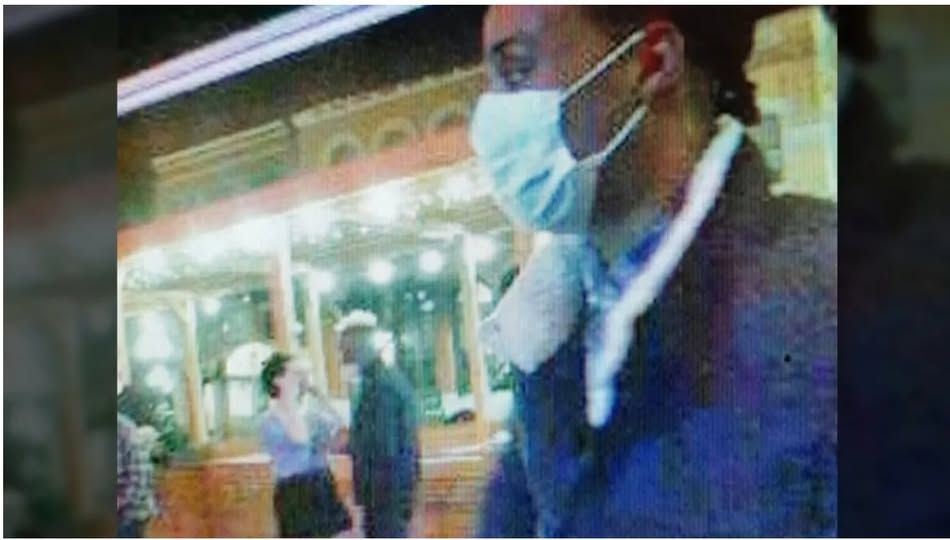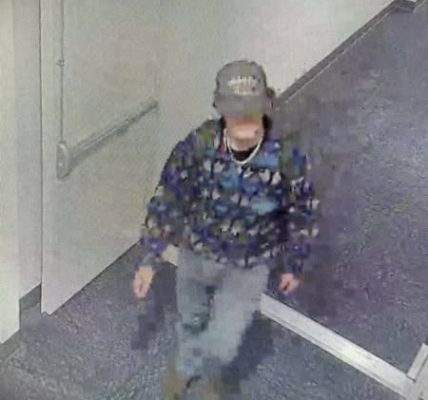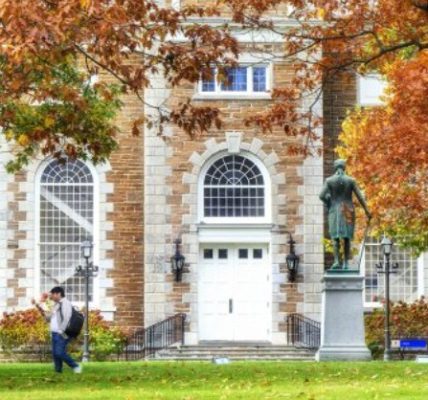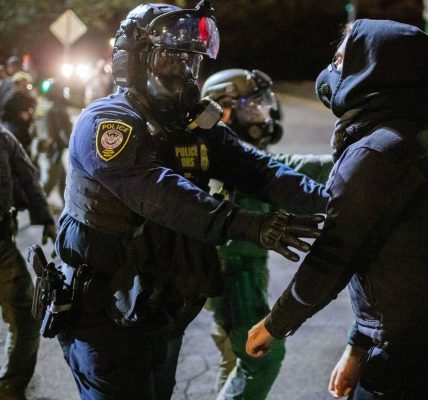John Dickinson and Mohamed Daud Omar: A Tragic Encounter at Victoria’s Lucky Bar
On March 1, 2022, a violent and tragic altercation took place outside Victoria’s Lucky Bar, a popular venue in British Columbia, leaving 30-year-old John Dickinson dead and Mohamed Daud Omar facing a conviction for second-degree murder. This incident, while isolated, has resonated deeply within the local community and beyond, raising questions about public safety, the dynamics of confrontation, and the justice system. The tragic death of Dickinson and the legal aftermath have sparked widespread debate, drawing attention to the issues of violence, accountability, and the consequences of seemingly small events spiraling out of control.
The Incident: A Fatal Confrontation
The evening of March 1 began like any other at Victoria’s Lucky Bar, a spot known for its lively atmosphere and music. Dickinson, a well-liked local figure, was spending time with friends when a confrontation ensued outside the bar. Details about what exactly led to the altercation remain unclear, but witnesses reported that tensions had been rising throughout the evening. The altercation quickly escalated from a verbal argument to a physical confrontation, and in a matter of moments, a deadly blow was struck.
John Dickinson was fatally injured, suffering significant trauma from a violent assault. The severity of the injuries was such that Dickinson was unable to survive the assault, and he was later pronounced dead at the scene. Mohamed Daud Omar, the individual responsible for the altercation, was quickly apprehended by law enforcement officers who had been called to the scene.
The Legal Proceedings
In the aftermath of the incident, the legal system swung into action. Omar was charged with second-degree murder, a charge that carries serious consequences, with the potential for life imprisonment. The prosecution argued that Omar’s actions were reckless, citing the fact that the confrontation had escalated from an argument to deadly violence in a matter of moments. The defense, however, suggested that Omar had acted in self-defense, a claim that is often put forward in cases where the defendant believes their life is in immediate danger.
The case drew considerable attention, not only due to the brutality of the incident but also because of the broader context surrounding violence in public spaces. Prosecution witnesses testified about the nature of the altercation, while defense witnesses painted a picture of a man in a desperate situation. Ultimately, the jury found Mohamed Daud Omar guilty of second-degree murder, concluding that his actions were not a mere case of self-defense but an unjustifiable response to a situation that could have been resolved without the loss of life.
The Consequences of Violence in Public Spaces
The tragic death of John Dickinson has had a profound impact on the Victoria community, especially in the context of violence in public spaces. Lucky Bar, once a safe and popular gathering place, became the backdrop for a death that could have been avoided had tempers not flared. The incident brought to light the growing concerns surrounding the safety of public spaces, particularly venues where alcohol and emotions may run high. While violent encounters are not uncommon in such settings, the fatal nature of this altercation underscored the dire consequences of unchecked aggression.
For the community, the loss of John Dickinson was devastating. Those who knew him described him as a friendly, fun-loving individual who had no enemies. His death felt senseless, as it stemmed from a situation that many believed could have been avoided with cooler heads prevailing. Dickinson’s family and friends have had to navigate the aftermath of this tragedy, grieving not only his death but the circumstances surrounding it. His loss has become a symbol of the dangers that can emerge from seemingly small confrontations, reminding the community of the fragility of life.
Mohamed Daud Omar: The Conviction
The legal proceedings that followed Dickinson’s death were long and complex. While the defense argued that Omar acted in self-defense, the jury ultimately convicted him of second-degree murder. This verdict was significant not only for the sentence it brought but also for its implications on how the law views the use of violence in public spaces. Second-degree murder, as opposed to manslaughter, suggests a certain level of malice or recklessness, signaling that Omar’s actions were not merely a spur-of-the-moment reaction but an intentional act that resulted in unnecessary harm.
The conviction of Mohamed Daud Omar also sparked discussions around the legal definition of self-defense and the circumstances under which it can be justifiably claimed. The case prompted legal scholars, practitioners, and the public to question the thresholds for self-defense, particularly when alcohol and aggression are involved. Could the violence have been avoided if both parties had exercised more restraint? What responsibilities do individuals have to de-escalate a situation before resorting to physical force?
Broader Implications for Public Safety
The death of John Dickinson and the conviction of Mohamed Daud Omar have broader implications for public safety, especially in urban settings where public spaces like bars and clubs can become flashpoints for violence. Many have questioned how these spaces can be made safer, considering the challenges of alcohol consumption, heightened emotions, and the unpredictability of human behavior. Law enforcement agencies, local governments, and community leaders have had to grapple with these questions in the wake of the tragedy.
One area of focus has been the role of security at bars and clubs. While venues like Lucky Bar typically employ security staff to ensure the safety of patrons, the events of March 1, 2022, highlight the limitations of security measures in preventing violence. Additionally, the incident has prompted conversations about the need for more comprehensive safety strategies, including the use of conflict resolution techniques and training for both staff and patrons to handle confrontations without escalating to violence.
Another important consideration is the role of alcohol in violent incidents. While alcohol may not be the sole factor in such confrontations, its influence on behavior cannot be overlooked. The challenge remains in how to balance the enjoyment of nightlife with the responsibility of ensuring public safety. Efforts to address this issue may involve stricter regulations on alcohol consumption, more rigorous checks on violent behavior, and increased awareness of how alcohol affects decision-making and aggression.
Conclusion
The tragic encounter outside Lucky Bar in Victoria, British Columbia, on March 1, 2022, serves as a sobering reminder of the potential for violence in public spaces, particularly in the context of alcohol-fueled confrontations. The death of John Dickinson, a beloved member of the community, and the conviction of Mohamed Daud Omar for second-degree murder, highlight the profound consequences of unchecked aggression. As the community continues to process the aftermath of this event, it serves as a call to action for individuals and authorities to work together to prevent such tragedies from occurring in the future.
The case raises important questions about the nature of public safety, the responsibility of individuals to de-escalate conflict, and the broader societal implications of violence in public spaces. As Victoria and other communities continue to grapple with the repercussions of this incident, it is clear that more must be done to ensure that spaces of leisure and enjoyment do not become breeding grounds for harm. Through education, awareness, and stronger safety measures, there is hope that the lessons learned from this tragic event will help prevent similar incidents in the future, saving lives and promoting a safer environment for all.





